Introducing non-fiction to children
Posted: July 8, 2020 Filed under: Books, Children's Books, Growing Bookworms, Literacy, Nonfiction | Tags: Children's Books, Growing Bookworms, Literacy, Nonfiction, Writing to be Read 65 Comments
In our modern world, sources of information assail us from every direction. An internet search turns up dozens, and sometimes even hundreds, of links to information on every conceivable topic. Television provides documentaries on historical events, scientific topics and numerous programmes that cover every aspect of nature. A visit to a grocery store exposes children to newspapers and magazines which share articles on a wide variety of political, social and other topics, not to mention the headlines of newspapers that glare at us from street light and other poles as we travel from home to school and other places during our day.
High school learners are provided with numerous texts and sources of additional information on each and every topic they cover in nearly all of their subjects.
The quantities of information available are huge and not all of it is factually accurate. There is a lot of inaccurate and even total fake information out there.
It is, therefore, vital for children to learn to filter text and identify the important facts and information, in other words, to summarise it. It is also important for children to know they should check information to more than one source in order to ensure it is factually accurate.
Providing children with non-fiction books is an excellent way of ensuring they get accurate and reliable information and, if you select good non-fiction books, they are also appealing and exciting for children.
Here are four tips for choosing non-fiction books:
- Books with large clear photographs are attractive to children and help them contextualize the content of the book;
- Look for books that present the facts succinctly and without becoming bogged down in to much unnecessary detail. After reading the content to or with your child, summarise the main message/s about that topic or on a particular page;
- For very young children, ensure that the content is simple and fairly repetitive with only a few new vocabulary items so as not to overwhelm them; and
- Look for books that provide additional information for adults at the back. This is helpful for expanding on a given topic with your child and answering any questions.
A few great ways of encouraging an interest in non-fiction reading by children are as follows:
- When you are doing something that provokes questions like why is the sky blue or why do bees sting, take the time to look up the answer to this question with your child and show them how to use internet sources and books to find the answers to their questions;
- Integrate non-fiction with play. I did this with my children by showing them how to read recipes when we were baking, using ideas from books when building and constructing with lego or blocks and even with marshmallows and reading to them about mountains, hills, lakes and rivers when we were playing in a sandpit or on the beach. We used sand for lots of fun activities like building forts and a pirate island. I used these opportunities to follow up with a non-fiction story about pirates and soldiers. I did the same thing when we visited any places that lent themselves to learning more about a specific topic like mining or farming; and
- Make your own non-fiction materials and demonstrate various learning points. I build a mountain out of paper mache and showed my children how water carries seeds down into the valleys, Michael and I made a sword and a roman helmet out of paper mache and learned about the Roman Empire and we made a sheep out of cardboard and cotton wool and learned how animals help to distribute seeds.


About Robbie Cheadle

Hello, my name is Robbie, short for Roberta. I am an author with seven published children’s picture books in the Sir Chocolate books series for children aged 2 to 9 years old (co-authored with my son, Michael Cheadle), one published middle grade book in the Silly Willy series and one published preteen/young adult fictionalised biography about my mother’s life as a young girl growing up in an English town in Suffolk during World War II called While the Bombs Fell (co-authored with my mother, Elsie Hancy Eaton). All of my children’s book are written under Robbie Cheadle and are published by TSL Publications.
I have recently branched into adult and young adult horror and supernatural writing and, in order to clearly differential my children’s books from my adult writing, I plan to publish these books under Roberta Eaton Cheadle. My first supernatural book published in that name, Through the Nethergate, is now available.
I have participated in a number of anthologies:
- Two short stories in #1 Amazon bestselling anthology, Dark Visions, a collection of horror stories edited by Dan Alatorre;
- Three short stories in Death Among Us, an anthology of murder mystery stories, edited by Stephen Bentley;
- Three short stories in #1 Amazon bestselling anthology, Nightmareland, a collection of horror stories edited by Dan Alatorre; and
- Two short stories in Whispers of the Past, an anthology of paranormal stories, edited by Kaye Lynne Booth.
I also have a book of poetry called Open a new door, with fellow South African poet, Kim Blades.
Find Robbie Cheadle
Blog: https://bakeandwrite.co.za/
Blog: robbiesinspiration.wordpress.com
Goodreads: Robbie Cheadle – Goodreads
Twitter: BakeandWrite
Instagram: Robbie Cheadle – Instagram
Facebook: Sir Chocolate Books
Want to be sure not to miss any of Robbie’s “Growing Bookworms” segments? Subscribe to Writing to be Read for e-mail notifications whenever new content is posted or follow WtbR on WordPress.


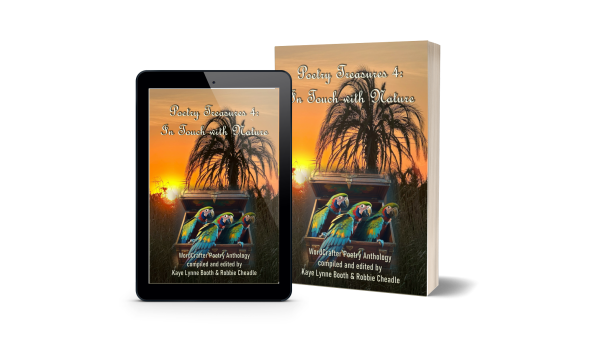
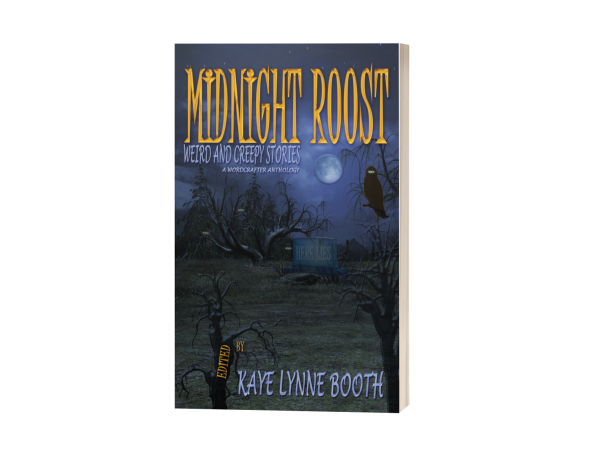



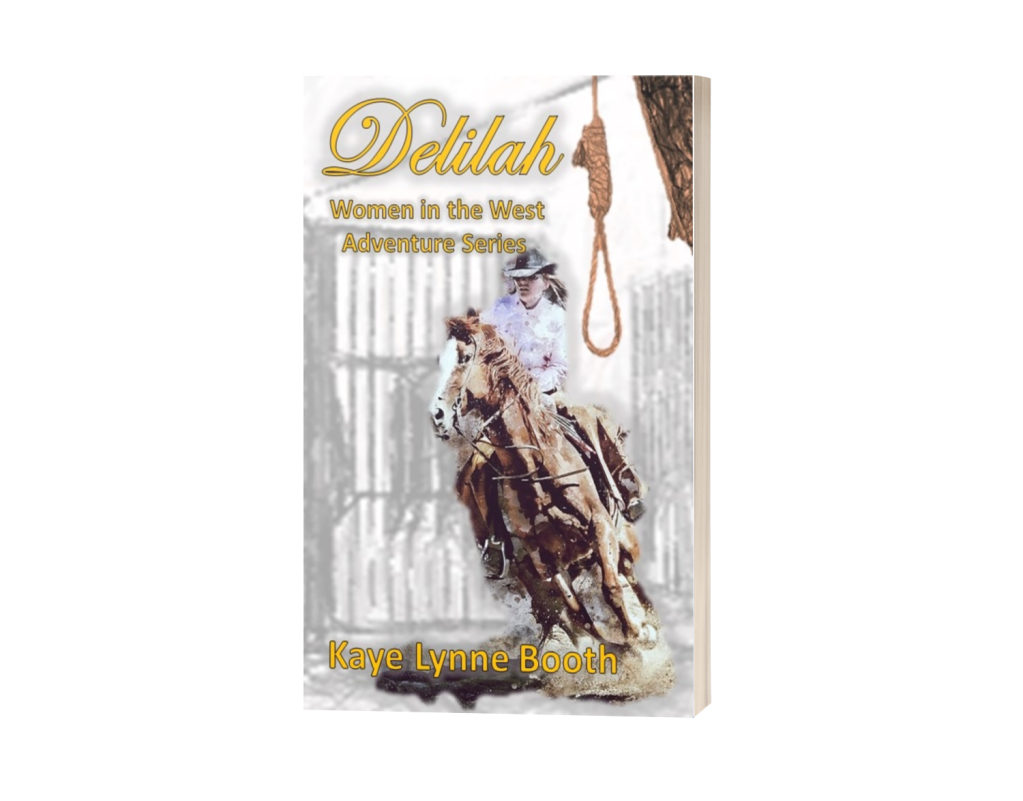
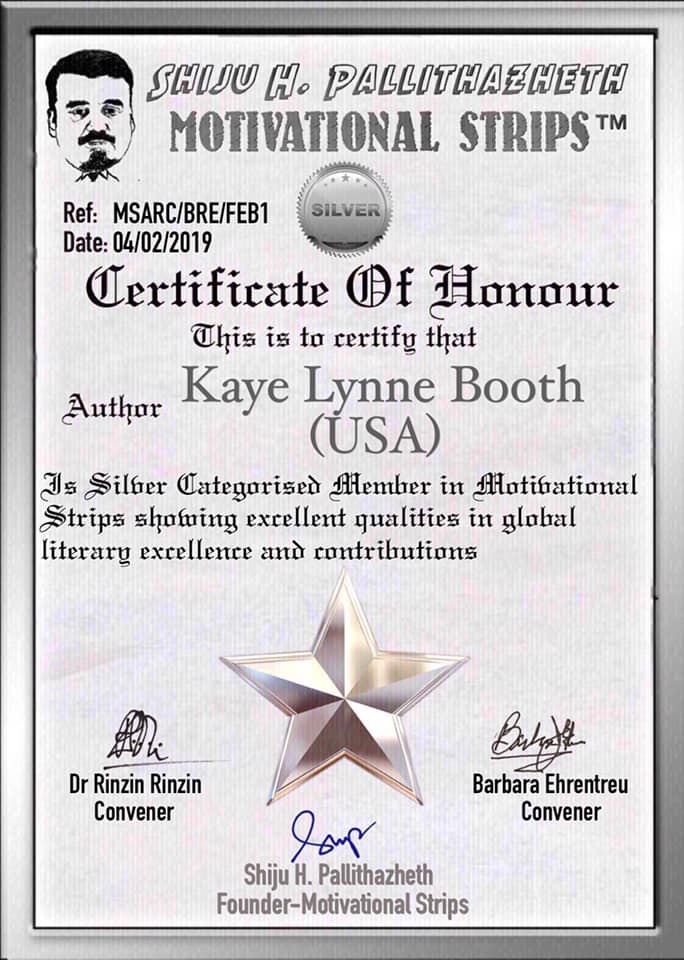
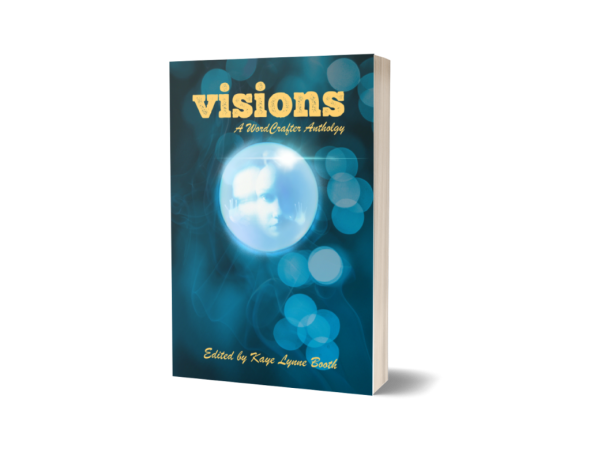


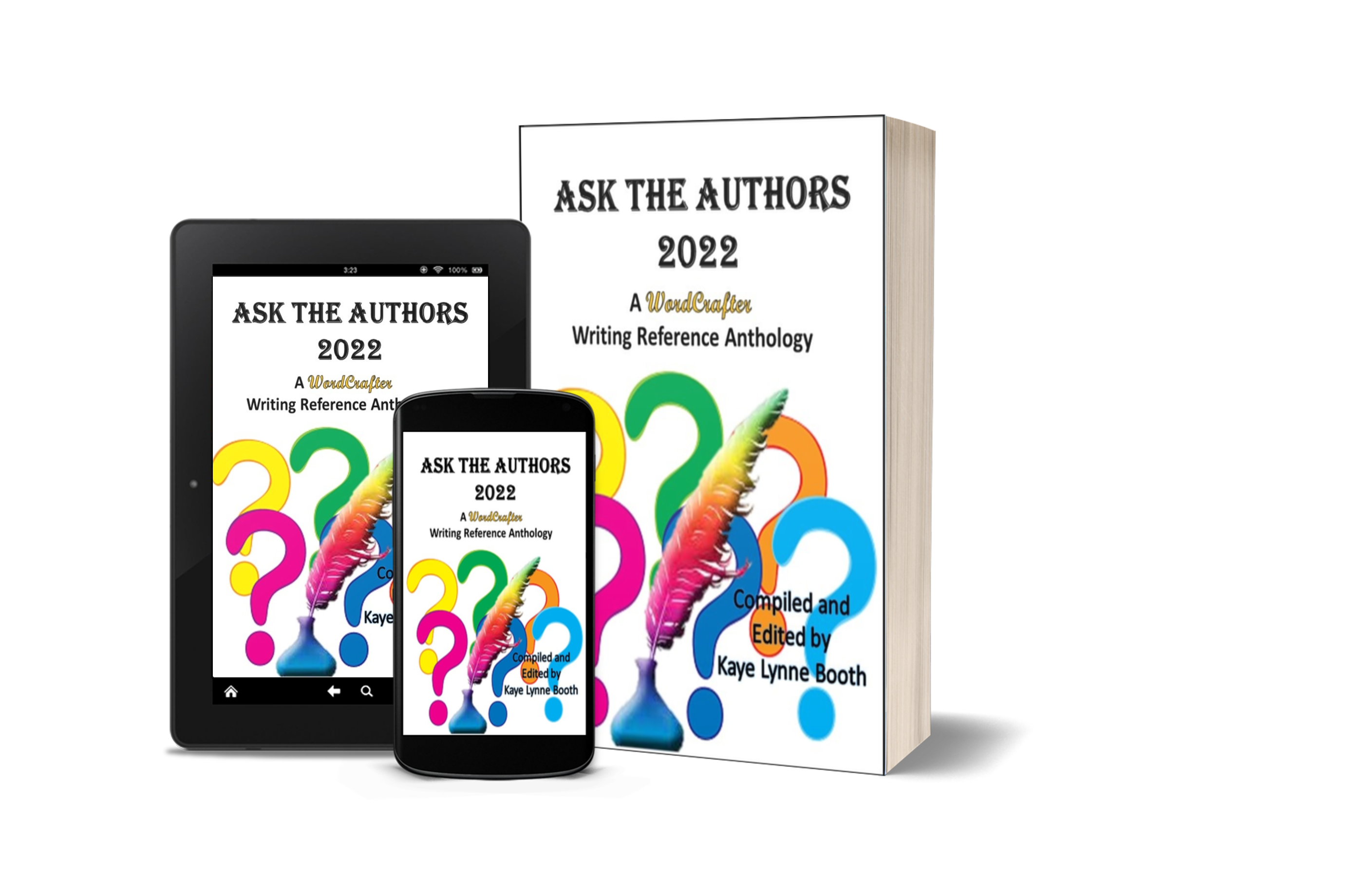
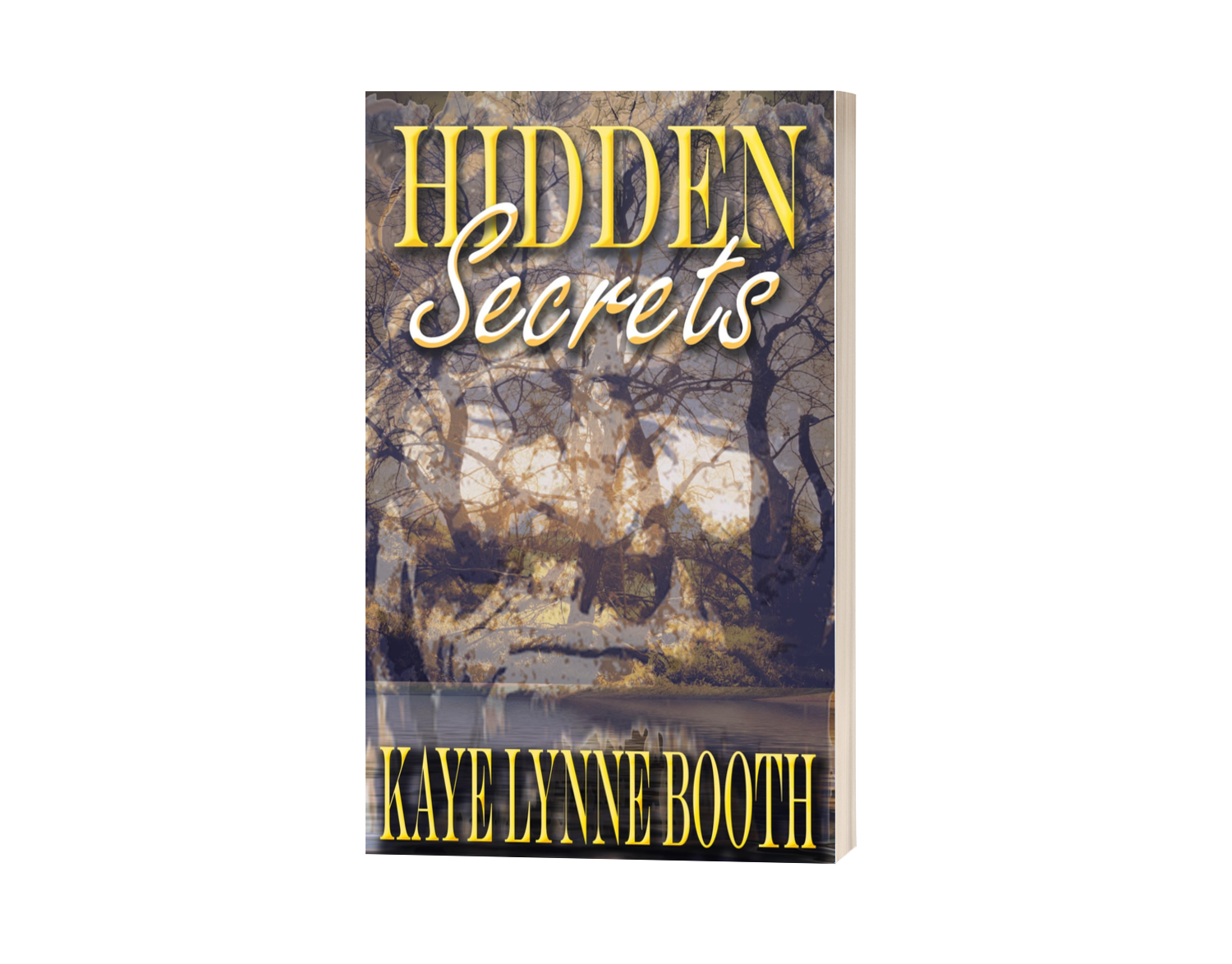
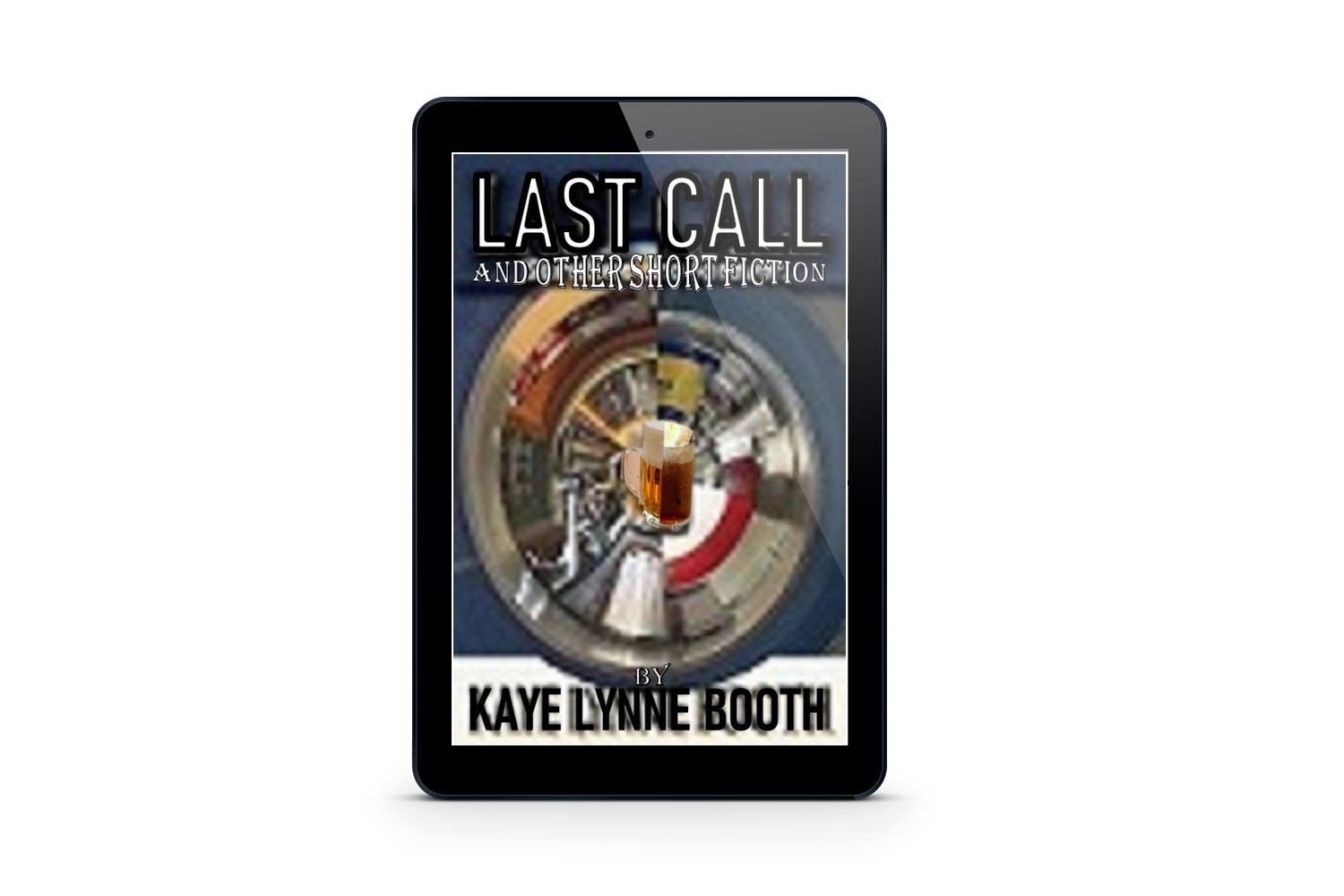
Excellent tips, Robbie. I admit to not reading much nonfiction, and with my sons, the oldest one would read bios about athletes. He’s not much of a reader, so I was even thrilled with that. I don’t remember my youngest ever voluntarily reading nonfiction. Maybe it’s hereditary, lol.
LikeLiked by 2 people
I must admit that I do like both fiction and non-fiction, Teri. I read more fiction but I do a lot of research and looking up things that interest me. I also read biographies.
LikeLiked by 2 people
This is an excellent post, Robbie. Thank you so much for opening your own life to share these useful ideas. Nonfiction is a tough one for many children because much of it is dry and boring from a child’s perspective, and these tips also teach useful research skills. Nice job.
LikeLiked by 1 person
Thank you, Kaye. I found some amazing non-fiction resources and books which I read to my children. Maybe I’ll share those next month. There is such incredible material out there now. I hope you are doing well and on top of all the studying.
LikeLiked by 1 person
Me and my studies are still wrestling, but I believe I will come out on top eventually. Thanks for asking. 🙂
LikeLiked by 1 person
Reblogged this on Robbie's inspiration and commented:
I am over at Writing to be Read, hosted by Kaye Lynne Booth, with a most about the benefits to children of reading non-fiction and how to introduce the life long skill of research and fact checking into their lives. Thank you, Kaye, for hosting me.
LikeLiked by 1 person
What wonderful tips and ideas, Robbie – and I love your idea about integrating non-fiction with play. Thanks for hosting this, Kaye. Toni x
LikeLiked by 2 people
Thanks for visiting here and commenting, Toni. Hope to see you here often. 🙂
LikeLiked by 1 person
Thank you, Toni. I am glad you enjoyed this post. Have a lovely day.
LikeLiked by 2 people
This is a great post Robbie with some wonderful suggestions.
LikeLiked by 2 people
Thank you, Kim. I’m glad you enjoyed this. There are such wonderful non-fiction books available now.
LikeLiked by 2 people
Great tips there!
Definitely big, colourful pictures, and simple facts, to start with!
Children whomlove books, will love none fiction too then!
LikeLiked by 2 people
Thank you, Ritu. I am delighted you have also found this to be true and appreciate you sharing your experience here.
LikeLiked by 1 person
Definitely, Robbie. Working with 3-5 year old, I have to know what is going to engage my class 🙂
LikeLiked by 2 people
One of the things that struck me as a teacher is how we’re all wired so differently. I had students who never checked anything out but nonfiction books out and others who would only choose a book such as that only if a teacher required them to do a report on a specific topic. I’m guessing that part of it has to do with whether people are more left-brained (analytical/methodical) or right-brained. (creative/artistic)
LikeLiked by 2 people
Hi Pete, thanks for sharing your observations and experience here. I have also seen this and have found that boys, particularly, gravitate towards non-fiction. My boys loved books that showed them how things worked and I have some amazing ones with big, pull out pages. Michael only read non-fiction for years but now he has moved to Rick Riordan and him only by way of fiction and reading.
LikeLiked by 2 people
These are great tips, Robbie. I know for myself, when I was a child and reading non-fiction, the large photographs always caught my attention.
LikeLiked by 2 people
Thanks, Jill. I never read much non-fiction as a child. I don’t recall it ever really being particularly available to me. I read loads of fiction and now, as an adult, I read a lot of non-fiction. I’m always disappearing down rabbit holes.
LikeLiked by 1 person
As a girl, I remember being drawn to a bird book my grandfather had which featured colored pictures of all the different bird, kind of like an illustrated encyclopedia on birds. I picked it up often to look at the pictures, but I learned a lot about birds, too, and today I am an avid bird watcher.
LikeLiked by 1 person
That is lovely, Kaye. My father had a lot of books about gardening because he did landscaping as his job. I used to love looking at all the flowers. It must have stuck because I love making flowers from fondant.
LikeLiked by 1 person
for the longest time, our middle son would only read non-fiction. That changed in his early twenties, and now he is an avid reader of both fiction and non-fiction. I think it’s nice to have a mix of both in your reading…
LikeLiked by 2 people
It is, Jim. A lot of boys prefer non-fiction when they are young. I have noticed that.
LikeLiked by 2 people
interesting observation…
LikeLiked by 2 people
It is interesting, Jim. Boys do seem to gravitate more towards maths and science from an early age and they are also often fascinated with how things work. My boys liked non-fiction about things like how a bee hive works, what it looks like inside, did they have toilets in medieval castles, how did they work, that sort of thing. They still ask questions, but now we usually have to google the answer [hehe!]
LikeLiked by 2 people
Since we have three boys, I don’t have much of a basis for comparison, but anecdotally what you say makes sense.
I wish Google was around when our kids were little. 🙂
LikeLiked by 2 people
My Michael was like an information sponge, absorbing everything he could about subjects which were of interest to him. He taught himself to do caligraphy and write in Japanese, as well as learning the Japanese language with some skill. He taught himself martial arts, learned survival skills, plant identification and animal tracking, all from nonfiction books. His most valued asset was his library card. He read fiction, too, and owned the whole Harry Potter series and books like Call of the Wild. His brother was a good reader, but didn’t have a lot of interest in it. My girls were into fiction from the start and never paid much attention to nonfiction works unless they were assigned for school.
LikeLiked by 1 person
Gregory is like that, Kaye, He knows just about everything to do with topics that interest him and if he doesn’t know he will find out. He has a huge interest in learning. Do you have four children, Kaye? I am one of four girls.
LikeLiked by 1 person
I had four of my own and two stepsons, but I was an only child.
LikeLike
Robbie’s tips and suggestions are spot on! Excellent post.
LikeLiked by 2 people
Thank you, Jennie. I am glad that this has also been your experience.
LikeLiked by 2 people
You’re welcome, Robbie. I’m glad, too.
LikeLiked by 2 people
Wonderful post and great tips, Robbie!
LikeLiked by 2 people
Hi Bette, I am glad you enjoyed this post. Have a lovely weekend.
LikeLiked by 2 people
You have a lovely weekend too, Robbie! ❤
LikeLiked by 2 people
This is a great post and important tips for reading non-fiction to the children. In the classroom, children read fiction stories as well as non-fiction in the subjects of social studies, history, geography, biography, and science from simple to complex contents.
Yes, it’s important for children to learn the accurate information not just based on what they learn from the internet. Thank you for sharing this post, Robbie.
LikeLiked by 2 people
My pleasure, Miriam. My own research has led to me always check to as many sources as possible as I often get conflicting information. Thank you for adding your experience and thoughts.
LikeLiked by 1 person
Robbie, after doing the research for my dessertation, I know that it’s limited to my original assumption. It’s like the evolution theory and creation theory.
Check many sources is always good.
LikeLiked by 2 people
This is terrific Robbie – I am going to share it further tomorrow!
LikeLiked by 2 people
Hi John, I am glad you found this useful. My experience generally is that boys and men read more non fiction than girls and women. I found that getting Michael to read non-fiction was a good way of getting him to read.
LikeLiked by 2 people
Whatever gets you in the door, right? Some have downplayed the value of comics and graphics novels, but any storytelling is a start! I love non-fiction!
LikeLiked by 2 people
Absolutely, John. I don’t mind my sons reading comics and graphic novels, as you say something is better than nothing.
LikeLiked by 1 person
Excellent suggestions for parents, Robbie! Being able to evaluate the validity of information resources has become a critical life skill for adults, and the ones who have been introduced to the foundational skills as children are that much further ahead.
LikeLiked by 2 people
Hi LIz, you are right about that. There is so much information available and some people use the internet to further their own private agendas. All information should always be checked to more than one source. Thanks for sharing your thoughts here, Liz.
LikeLiked by 2 people
You’re welcome, Robbie. When I was working on a new course a couple of years ago, I found the information literacy competency framework developed by Association of College and Research Libraries. There are six pages of competencies needed to navigate information successfully in our current world. Six pages! That sure made me sit up and take notice.
LikeLiked by 1 person
Wonderful idea Robbie – coming from a nonfiction writer, no bias, lol. remember as a child, my fascination with secret true stories 🙂 x
LikeLiked by 2 people
I also liked true stories, Debby, but I didn’t have that much opportunity to read non-fiction outside of the classroom. There were that many sources available and what there was tended to be quite dry and boring. I forget you are a non-fiction writer as your life reads like a story in its memoir form. I’m glad you enjoyed this.
LikeLiked by 2 people
Wonderful post Robbie 🙂
LikeLiked by 2 people
Love this Robbie… My Granddaughter who is 9 last year did a project at school about The Romans, She made at home a shield, helmet and Sandals… She was so enthralled in the History we got her a none fiction book on the Roman Empire… Late last year the School did another project on Egyptians.. And her other Grandpa got her a Huge book on Egypt… And she is so absorbed in it, Including all the gory details of mummifying, she was able to describe in macabre detail how they did it… Not for the squeamish… And reading your earlier post on the books you were reading at a young age.. I had to smile.. And thought to myself, I know another young lady whose love of books and who isn’t squeamish either LOL… So fully endorse the idea..
Sending Love Robbie… and enjoyed this post 🙂 💚🙏
LikeLiked by 2 people
Thank you, Sue, I am pleased to know your granddaughter is so interested in history. Michael is like this and I also read a lot of books to him about Egypt, the Romans and lots of other historical events. She sounds like she is artistic, just like you. He also like biology and books about nature. Thanks for visiting me here, Sue.
LikeLiked by 2 people
She is very arty and one day I may well share a few of her paintings she has done, with ‘Guidance’ of words of how to from me only.. She has painted the whole things herself… I bought her proper paints and brushes and canvas last Christmas.. She is also a remarkable story teller, using LONG words I would never even dream of at her age.. So Michael and my Granddaugher sound similar…. Its good they love learning … I bet Michael often easily gets bored if he hasn’t something that grabs his interest at hand… I know my granddaughter gets bored very easily if nothing to create or do.. 🙂
LikeLiked by 2 people
He does get bored easily, Sue, and it is a bit of a trial for me and also his reachers.
LikeLiked by 2 people
I can imagine Robbie… Oh and by the way did I tell you I made your recipe of the Chelsea Buns.. Very nice. In fact I have made them twice now… 🙂 I took a photo and will post on my garden blog next time around 🙂
Sending Love and hope you find lots of things to stop the boredom setting in for him…. ❤ Love and Hugs
LikeLiked by 2 people
I am delighted to know you made the Chelsea buns, Sue. I look forward to seeing the picture. Have a lovely weekend and stay safe and well. 🤗
LikeLiked by 2 people
😘💖
LikeLiked by 1 person
I can’t even imagine the weighty decisions parents or guardians have to make regarding the education of children. I was most impressed with your suggestions and what has worked for you thus far.
LikeLiked by 2 people
I am glad you like this post, Annette. Educating children is not easy, the world is moving so fast and there’s so much competition and pressure.
LikeLiked by 2 people
Nonfiction is a great way to get kids to think and to also read. Some kids, and especially boys, I think, although maybe that’s a stereotype, just don’t get into reading fiction, but are engaged when they read nonfiction. And the whole idea is to get kids reading. Great post and ideas, Robbie.
LikeLiked by 2 people
Hi Barbara, that has been my experience. Some kids, especially boys, prefer to read non fiction. I think that is fine and was happy to encourage it with Michael.
LikeLiked by 2 people
A wise practice, Robbie. The love for reading and interest in our world is best fostered at a young age. Well said! Thank you, Kaye Lynne for sharing this!
LikeLiked by 2 people
Thanks for reading and commenting, Mark. I hope that you will visit us here again. 🙂
LikeLiked by 2 people
Hi Mark, developing an interest in reading when kids are young is important if you want them to grow into readers. My boys both read but it comes second to computer games.
LikeLiked by 2 people
Very useful tips. Thank you, Robbie, for all your efforts bringing children to read. Michael
LikeLiked by 2 people
Thank you, Michael. I’m glad you found this post useful.
LikeLiked by 2 people
Thank you for sharing, Robbie! Especially the four tips are very useful. Enjoy your weekend, and stay save with yours. Michael
LikeLiked by 1 person
[…] benefits of singing and rhyming verse for children, “Teaching Children to Read“, “Introducing Non-Fiction to Children“, “The Future of Education“, “The Great Roald Dahl“, “Chapter […]
LikeLike